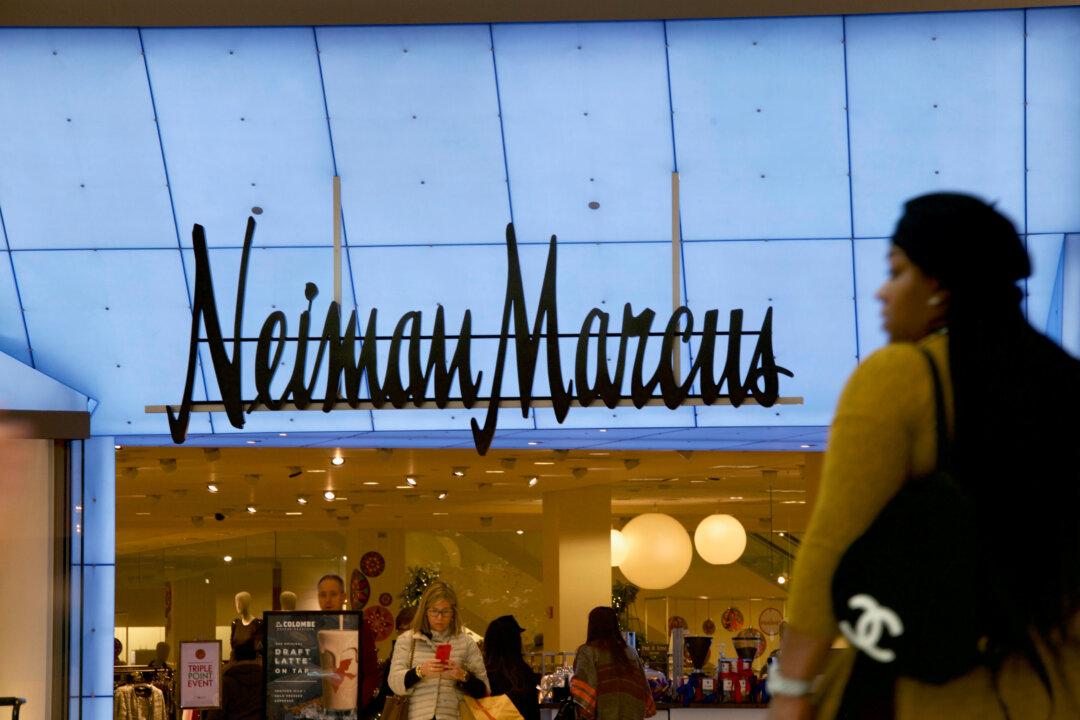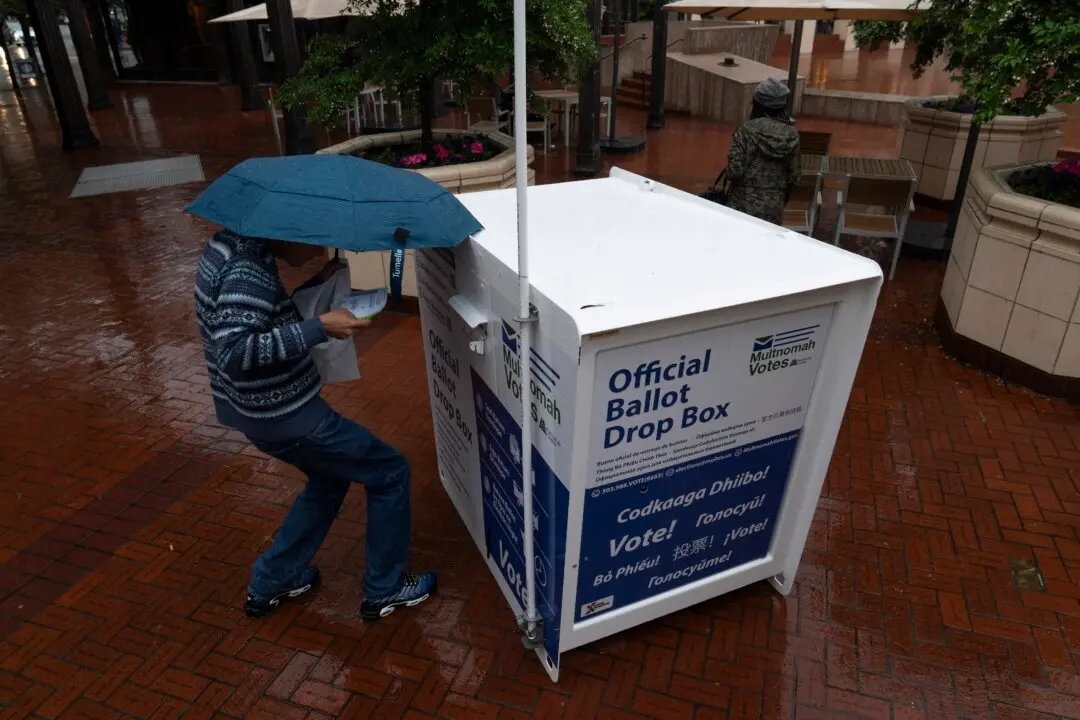American shoppers continued to flock to the nation’s malls in greater numbers in April, with the foot traffic gap nearly halving in just two months, reinforcing the view of a retail recovery gaining traction.
Foot traffic at a sample of 50 malls in April showed that, compared to the pre-pandemic April 2019 level, it was down 18.7 percent, a marked improvement from recent months, according to a report provided to The Epoch Times by mobile-device location data analytics firm Placer.ai.





